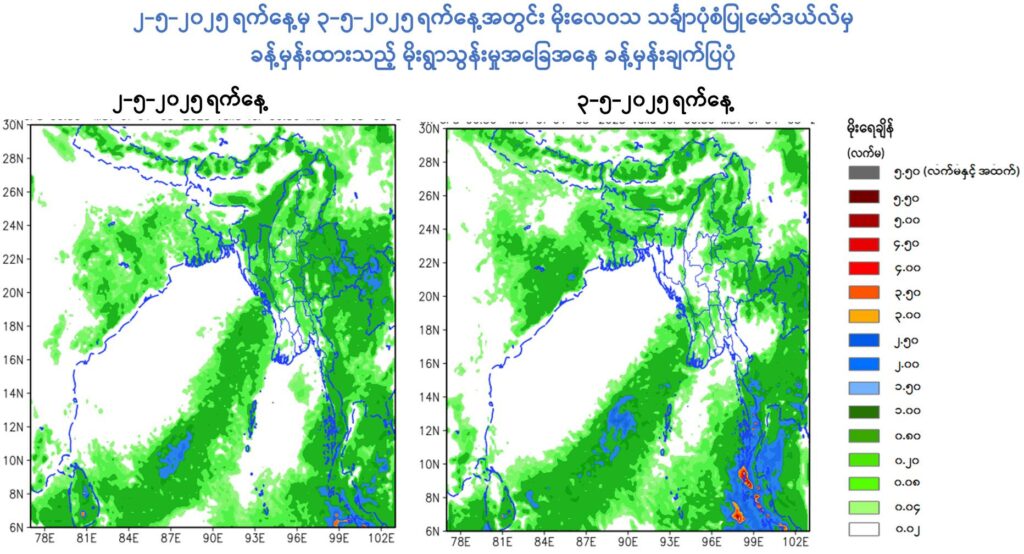
Introduction
Rainfall warnings are critical alerts issued by meteorological authorities to inform the public about expected heavy rain that can lead to flooding and other hazards. With climate change contributing to more erratic weather patterns, rainfall warnings have become increasingly vital for public safety. Understanding these warnings allows residents to prepare adequately and mitigate the risks associated with severe weather.
Current Situation
As of this week, multiple regions across Canada are under rainfall warnings. Environment and Climate Change Canada has issued advisories for several provinces including British Columbia, Ontario, and Quebec due to anticipating more than 50 millimeters of rain falling within a short period. These conditions are exacerbated by existing saturated soils from previous storms, increasing the likelihood of flash floods and landslides.
For instance, in British Columbia, a forecast of prolonged heavy rain has led to concerns over potential flooding in urban areas and along rivers. Authorities recommend that residents stay informed through local news and heed any evacuation orders. In Quebec, some areas are experiencing rapid river level rises that could pose danger to communities nearby.
Preparation and Safety Tips
Residents are encouraged to take several preventive measures when a rainfall warning is issued:
- Stay Informed: Regularly check reliable weather news sources or apps to receive updates and alerts.
- Prepare an Emergency Kit: Ensure you have an emergency kit that includes water, non-perishable food, medications, and a flashlight.
- Secure Property: Clean gutters and drains, and remove any debris that could block water flow around your home.
- Avoid Travel: If possible, avoid traveling during heavy rainfall. Take alternative routes and be cautious of road conditions.
Conclusion
Rainfall warnings serve as an essential tool in helping communities prepare for severe weather events. The increasing frequency of intense storms highlights the importance of adhering to these warnings and taking proactive measures to ensure safety. As meteorological conditions continue to evolve, staying informed and prepared will be key in minimizing the impacts of heavy rainfall and the potential for disaster. It is crucial for residents to respect the authority of local weather officials and prioritize safety during such episodes.



